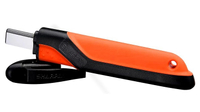5 hydrangea pruning mistakes you need to avoid
Encourage your hydrangeas to bloom by avoiding these common errors
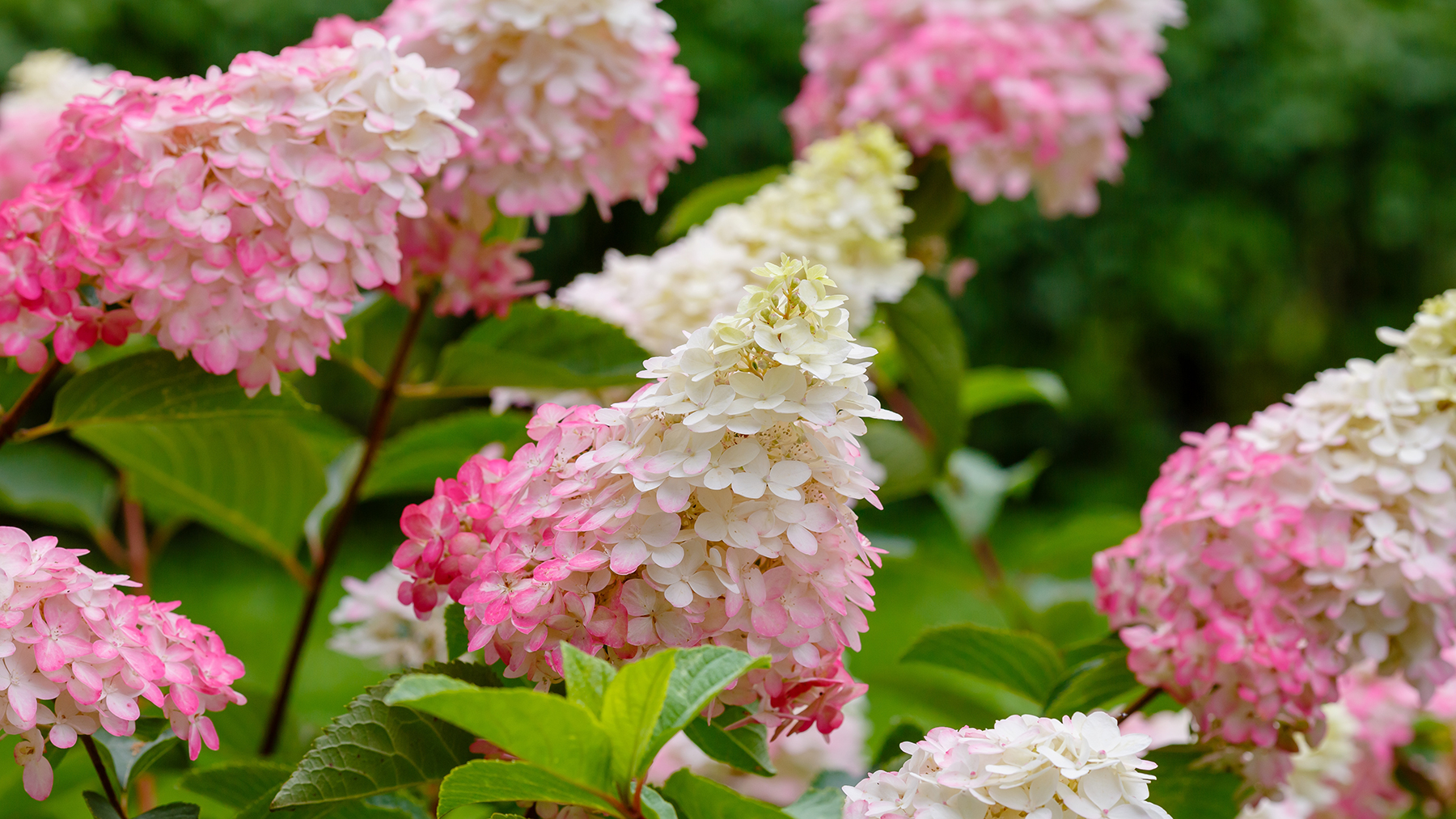
Hydrangeas are one of my favorite shrubs and I never tire of seeing their stunning blooms in the summer and fall. They create a wonderful visual impact, and I wouldn’t be without them in my garden. My favorites are "Strawberry Sundae" for its frothy cream and pink blooms and Hydrangea "Annabelle" for its classic globe-shaped white flower heads.
These easy-to-grow shrubs are ideal for novice gardens but are equally popular among the green-fingered gang. With the right care, hydrangeas will create a show-stopping display in your yard.
However, hydrangeas can become overgrown and unruly if left unpruned. The right pruning will ensure they stay in good shape and remain healthy, promoting new growth and buoyant blooms.
So, to get the most out of your hydrangeas, it’s important to know which pruning mistakes to avoid and how to prune them correctly You’ll then feel confident that your hydrangeas will be healthy and create beautiful blooms throughout their flowering season. Hydrangeas are also one of the plants to prune in August.
1. Pruning your hydrangeas at the wrong time
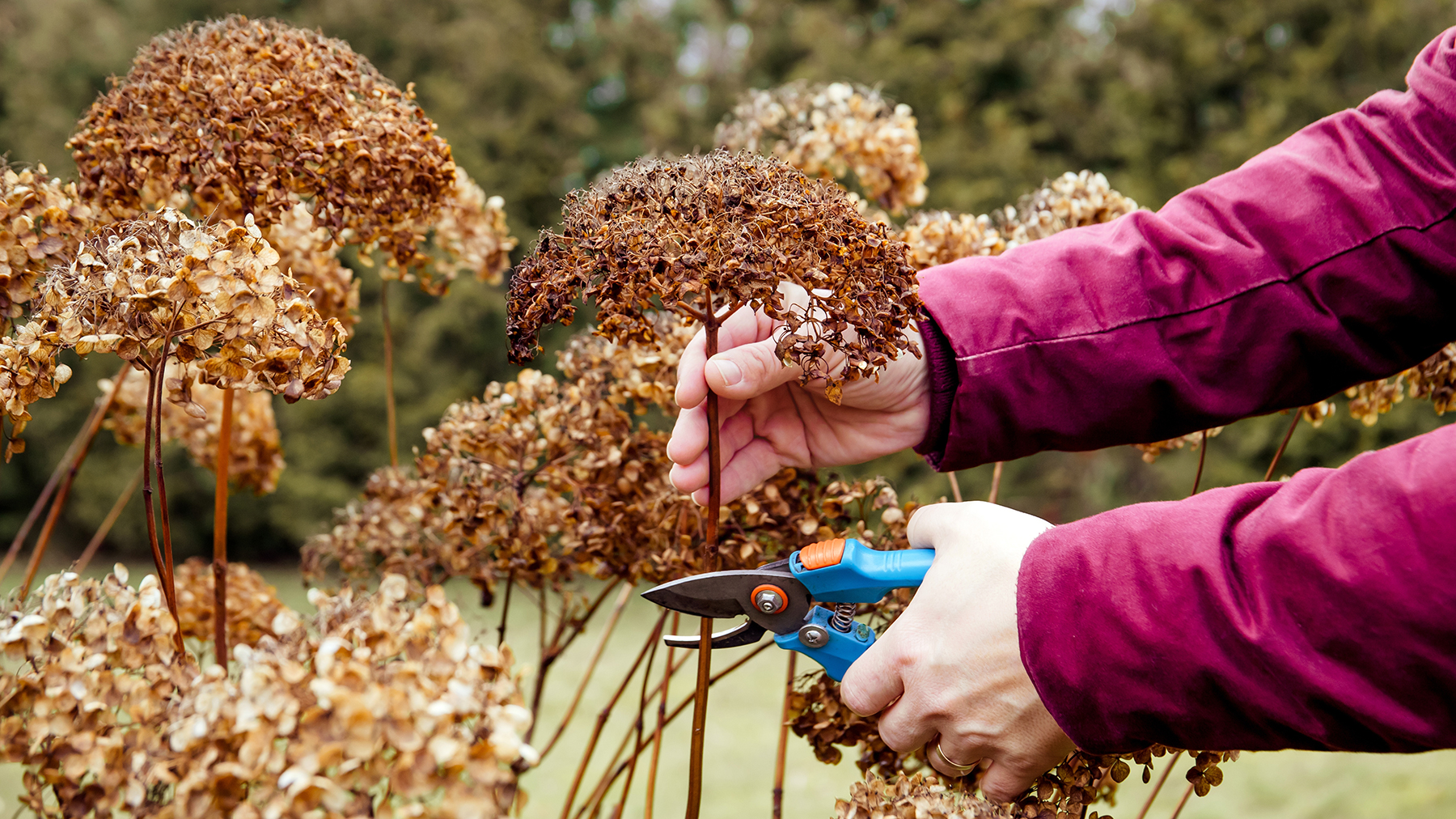
It can be tempting to prune hydrangeas once they stop flowering in the fall, but this is not the right time. While you might wish to deadhead hydrangeas once the blooms turn brown, pruning should be left until later and is one of the plants to prune in February.
The perfect time to prune most hydrangeas is in late winter and early spring, making it a good weekend job during March. Pruning after the winter frosts also helps to protect the plant from winter injury.
However, climbing hydrangeas should be left until early summer. This is because the flowers on climbing hydrangeas are produced on the old wood. If they are pruned too early in the spring, you risk removing the new buds before they bloom.
Sign up to get the BEST of Tom's Guide direct to your inbox.
Get instant access to breaking news, the hottest reviews, great deals and helpful tips.
By pruning your hydrangeas at the right time, you’ll prepare your plant for its prime growing season.
Pruning plants at the right time is important to encourage future growth, and just like hydrangeas, azaleas need to be pruned at the correct time before new buds form. You may be be interested in when is it too late to prune roses?
Don’t confuse deadheading with pruning. Deadheading and pruning are two very different things. Hydrangeas can be deadheaded at any time to tidy up the plant. It simply involves cutting the flower head just below its stem, leaving all leaves intact. Pruning should be done at a specific time, depending on your type of hydrangea and helps to shape the plant.
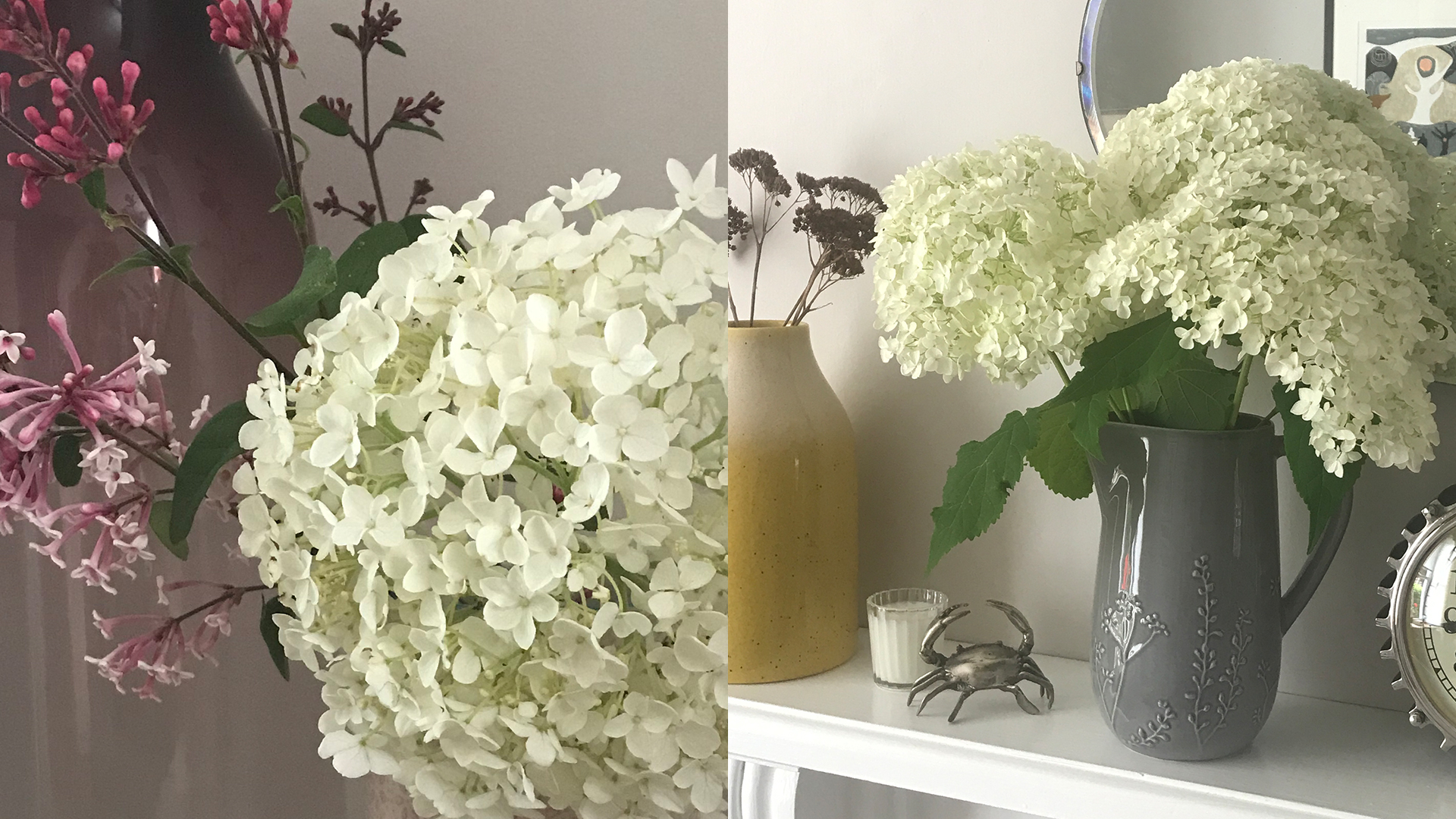
Tip:
Rather than deadheading my hydrangeas, I prefer to keep them intact, as the flower heads look stunning and provide winter interest in my yard. And although I enjoy admiring them outside, I can never stop myself from cutting a few stems to display indoors.
2. Using blunt tools
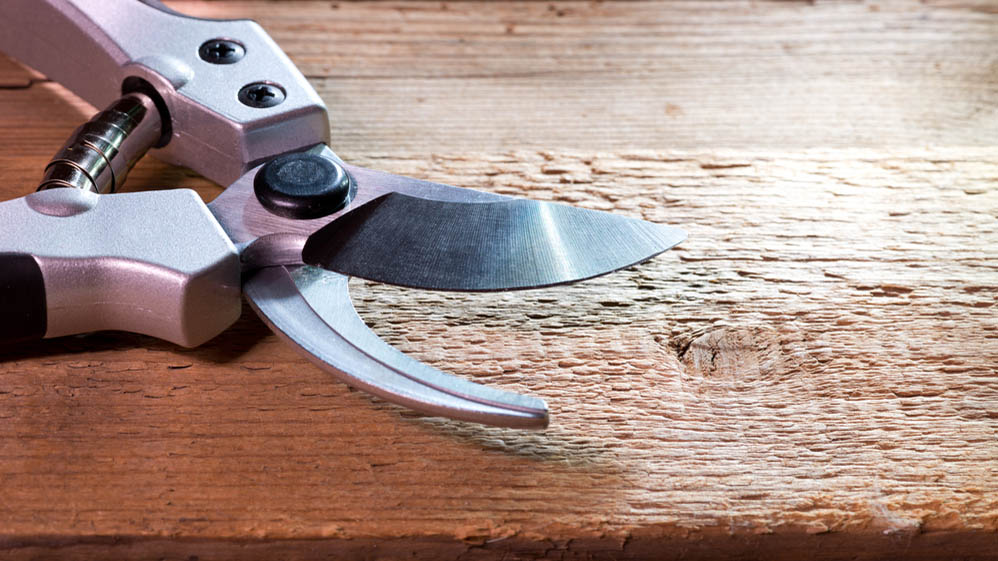
We all know what using blunt knives in the kitchen is like. You don’t get a clean cut and tough food is impossible to slice. It’s a similar story in the garden. Tools that have been used but not maintained aren’t up to scratch and don’t perform as well as they might.
Pruning shears that have been overused, not cleaned up after use, or left out in the rain to rust are particularly problematic. If you use dirty or blunt tools to prune your hydrangeas, you’re putting their health at risk.
A blunt blade will crush and tear the plant’s tissues, causing a ragged cut that takes longer to heal. Like an open wound, it leaves the plant more susceptible to diseases and pests, which can also be transferred if you don't clean your shears. You’ll also likely need to apply more pressure to make the cut, crushing the stem rather than making a clean and precise cut.
So, for the benefit of your hydrangeas, to get the best out of your pruning shears always find time to clean and sharpen them regularly.
Sharpal 105N Multipurpose Pocket Garden Tool Blade: $9 at Amazon
Compact and portable this gardening sharpening tool is suitable for sharpening knives, garden implements, and scissors. It has a convenient pen clip so you can have it on-hand wherever you are, and its soft rubber grip provides comfort. Plus, the product has a 3-year warranty.
3. Pruning at the wrong angle
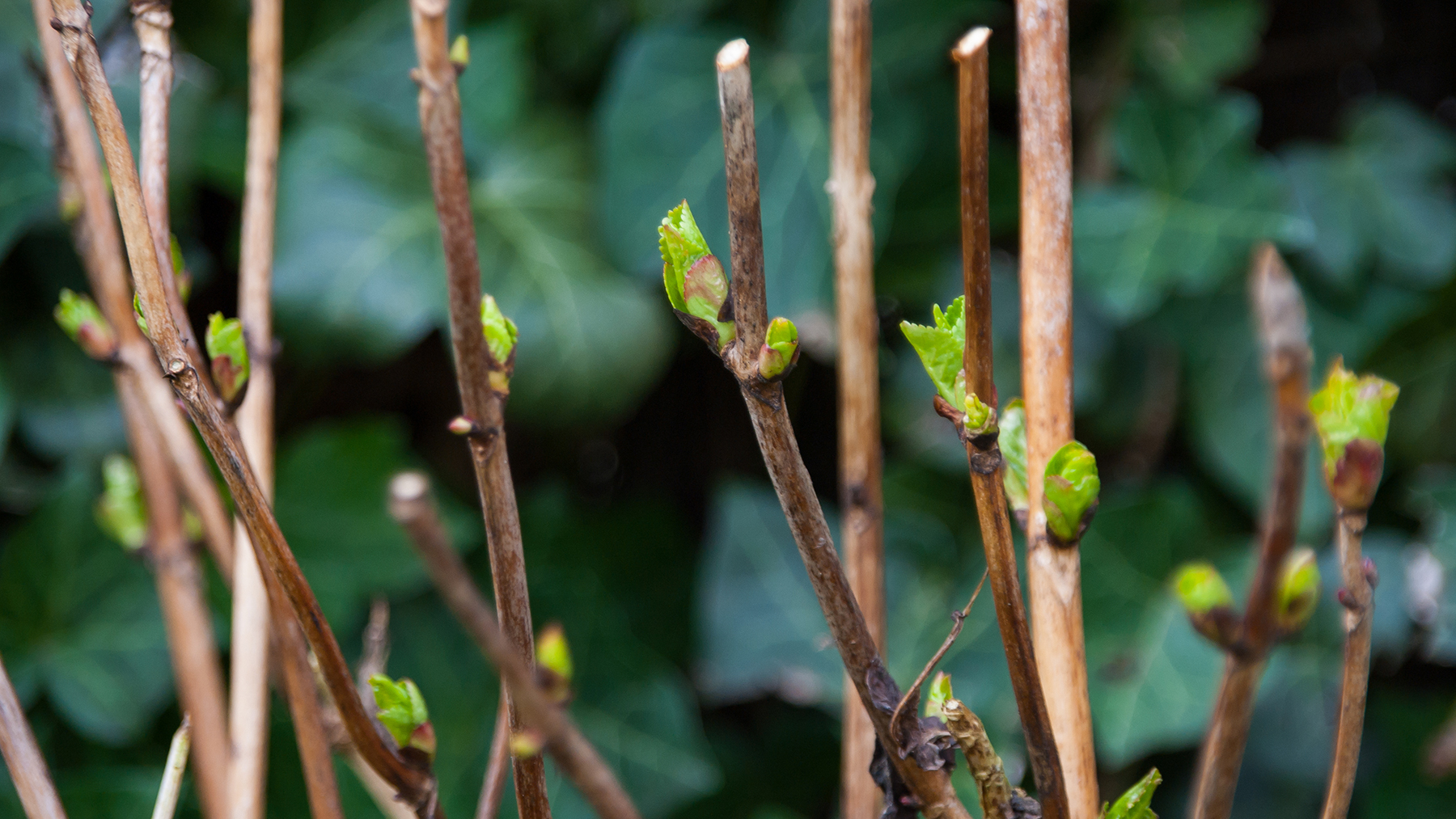
Be sure to cut any stems at an angle rather than straight across. A flat cut across will leave the plant more vulnerable to fungal infection. When it rains, the water will collect on the wound rather than running off.
Cut a 45°angle in the same direction as the bud, positioning your pruning shears ¼ inch above the bud.
Did you know?
It’s also common to cut fresh flowers at 45°, as the larger surface area allows more water to absorb. It's one of the tips we mention in how to keep your cut tulips fresh for longer.
4. Being overzealous
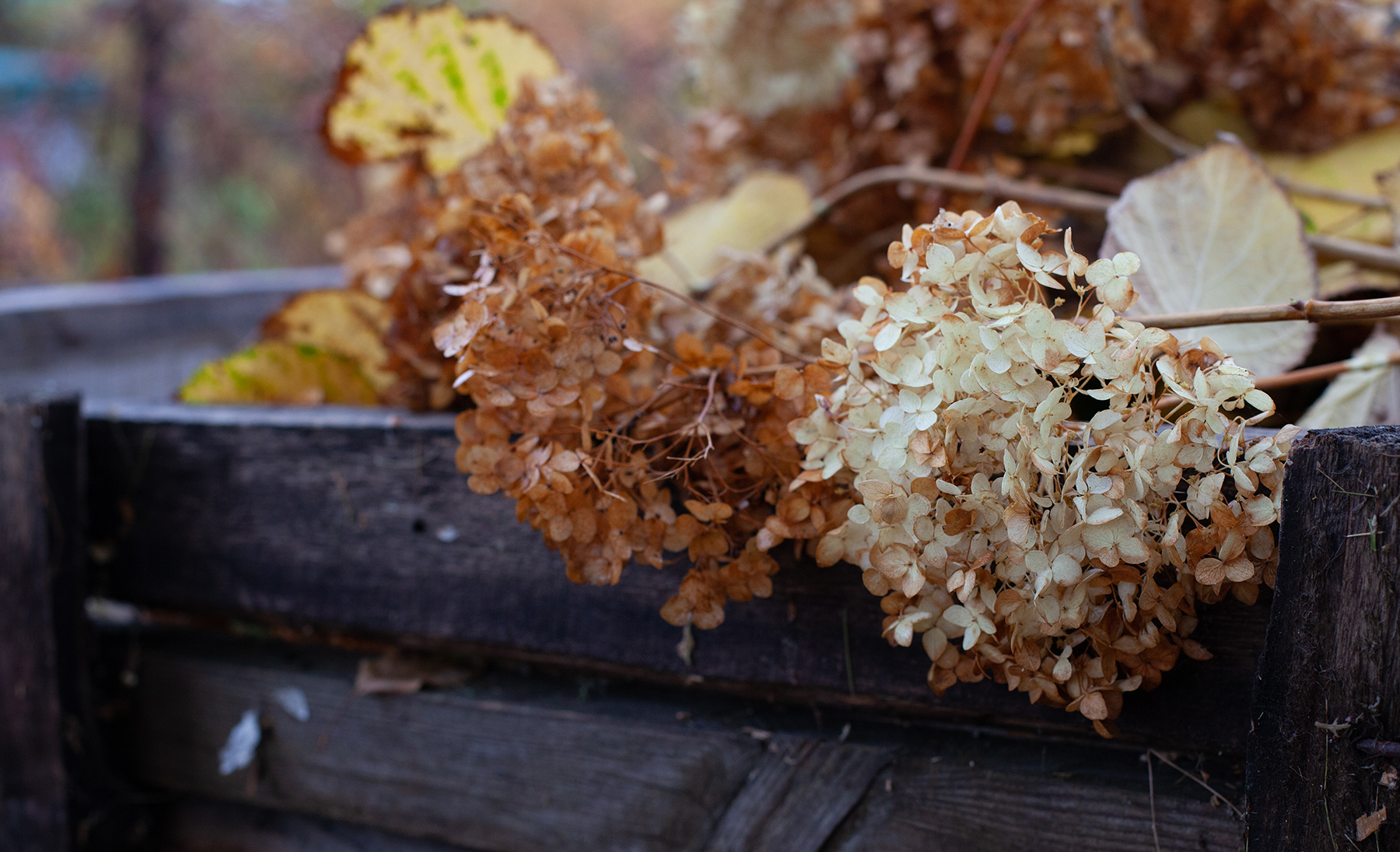
If you’re anything like me, I have to keep myself in check when I have a cutting tool in hand. I get overzealous and tend to go for a full chop rather than a tidy trim. I have to be particularly cautious when I prune my hydrangeas as they don’t require much pruning to flourish well each year.
If you remove over one-third of the plant, you risk it becoming stressed and not performing as expected, and you could limit new blooms for hydrangeas that flower on old wood.
With this in mind, I follow the one-third rule, often recommended when pruning hydrangeas. It’s based on not removing more than one-third of the shrub at a time. This could include cutting back one-third of the oldest stems from the base of the plant to encourage new shoots or one-third from the length of a stem.
If you remove over one-third of the plant, you risk it becoming stressed and not performing as expected, and you could limit new blooms for hydrangeas that flower on old wood. The idea is to be gentle with the pruning to encourage new shoots.
5. Hydrangeas are not all the same
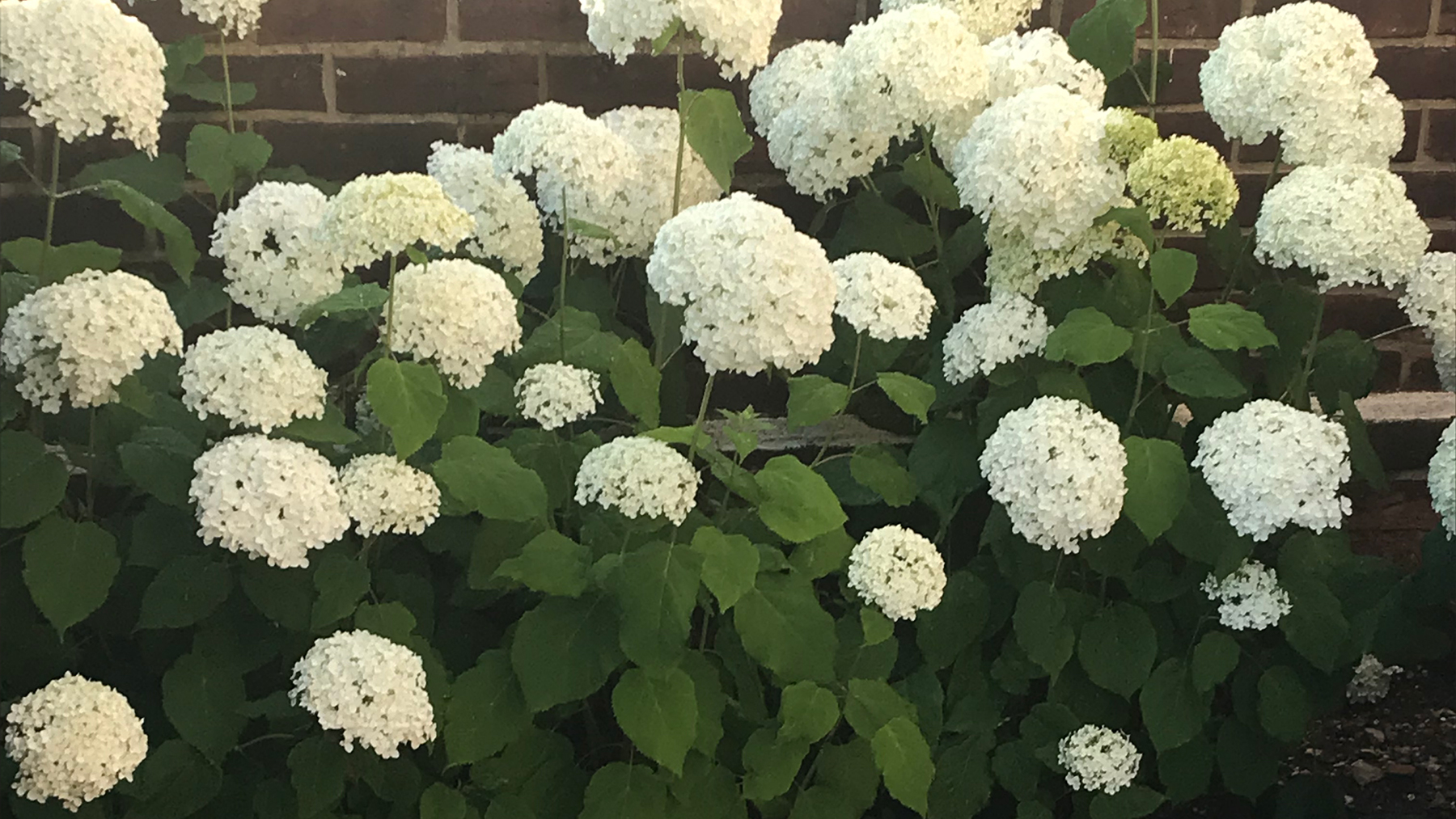
Pruning hydrangeas can seem confusing, as there isn’t a ‘one size fits all’ approach that covers every variety. Therefore, you’ll need to determine which variety you are growing to guarantee the best blooms and prevent you pruning potential flowers.
While some hydrangeas flower on new wood, others flower on old wood. Bigleaf, oakleaf and mountain hydrangeas flower on old wood, while panicle and smooth hydrangeas flower on new wood. Although climbing hydrangeas bloom on old wood, they need to be pruned differently than all of the above.
Hydrangeas that flower on old wood
Bigleaf hydrangeas (Hydrangea macrophylla)
Flowerhead: Large mophead or lacecap heads, white, pink, blue, purple or red
Pruning: Minimal pruning needed, remove dead wood before spring growth begins
Oakleaf hydrangeas (Hydrangea quercifolia)
Flowerhead: Oak-shaped leaves, white to pink and purple
Pruning: Cut back winter-damaged stems in early spring
Mountain hydrangeas (Hydrangea serrata)
Flowerhead: Mophead or lacecap flower heads
Climbing hydrangeas (Hydrangea anomala)
Flowerhead: Lacecap heads, white
Pruning: After flowering in the summer
Hydrangeas that flower on new wood
Panicle hydrangeas (Hyrangea paniculata)
Flowerhead: Cone-shaped flower heads, white
Pruning: Prune in late winter to early spring
Smooth hydrangeas (Hydrangea arborescens)
Flowerhead: Mophead or lacecap flowerheads, white to pink
Pruning: Prune in fall or early spring
More from Tom's Guide

Camilla Sharman has worked in publishing and marketing for over 30 years and has covered a wide range of sectors within the business and consumer industries both as a feature, content, and freelance writer.
As a business journalist, Camilla has researched articles for many different sectors from the jewellery industry to finance and tech, charities, and the arts. Whatever she’s covered, she enjoys delving deep and learning the ins and out of different topics, then conveying her research within engaging content that informs the reader. In her spare time, when she’s not in her kitchen experimenting with a new recipe, you’ll find her keeping fit at the gym. In the pool, stretching at a yoga class, or on a spin bike, exercise is her escape time. She also loves the great outdoors and if she’s not pottering about in her garden, she’ll be jumping on her bike for a gentle cycle ride.
